Spice Up Your Life: A Fun Guide to Brazilian Flavours
Table of Contents
Introduction to Brazilian Flavours
Brazil is a country where the sun shines bright, the beaches are endless, and the flavors are even more vibrant. Known for its rich cultural heritage and diverse culinary traditions, Brazil has developed a unique set of flavors that reflect its history, geography, and people. From the fiery heat of the Amazon to the coastal seafood delights of the southeast, Brazilian cuisine is a flavor-packed adventure that's worth exploring.
If you're a spice enthusiast or a curious foodie looking to expand your palate, Brazilian flavours offer an exciting journey through taste, texture, and aroma. In this guide, we'll dive into the spices that define Brazilian cooking, share some practical tips for incorporating these flavors into your own kitchen, and give you a buying guide to help you find the best products out there.
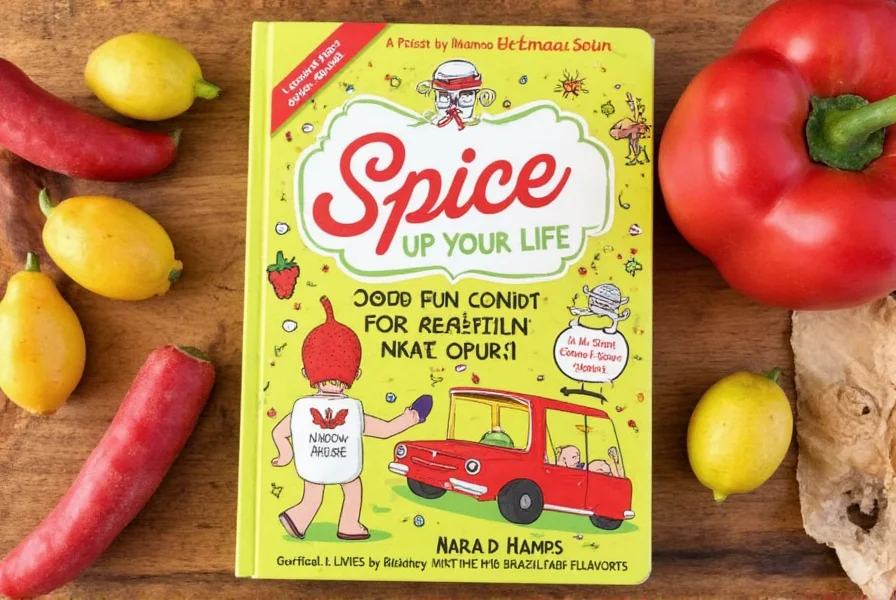
Popular Spices in Brazilian Cuisine
While Brazil may not be the first country that comes to mind when thinking about spices, it has a rich tradition of using a variety of ingredients to create bold and complex dishes. Some of the most popular spices and flavorings in Brazilian cuisine include:
- Cumin: A staple in many Brazilian recipes, especially those involving grilled meats like picanha (beef sirloin).
- Cayenne Pepper: Used to add a spicy kick to dishes such as feijoada (black bean stew) and pimenta (hot sauce).
- Garlic and Onion: These are essential in almost every savory dish, from churrasco (grilled meat) to moqueca (seafood stew).
- Coriander: Often used in salsas, stews, and sauces, coriander adds a fresh, citrusy note.
- Pepper (Black and White): Black pepper is common in many traditional recipes, while white pepper is used in certain sauces and soups.
- Cinnamon: Surprisingly, cinnamon is a key ingredient in some Brazilian desserts, especially those influenced by Portuguese and indigenous cooking.
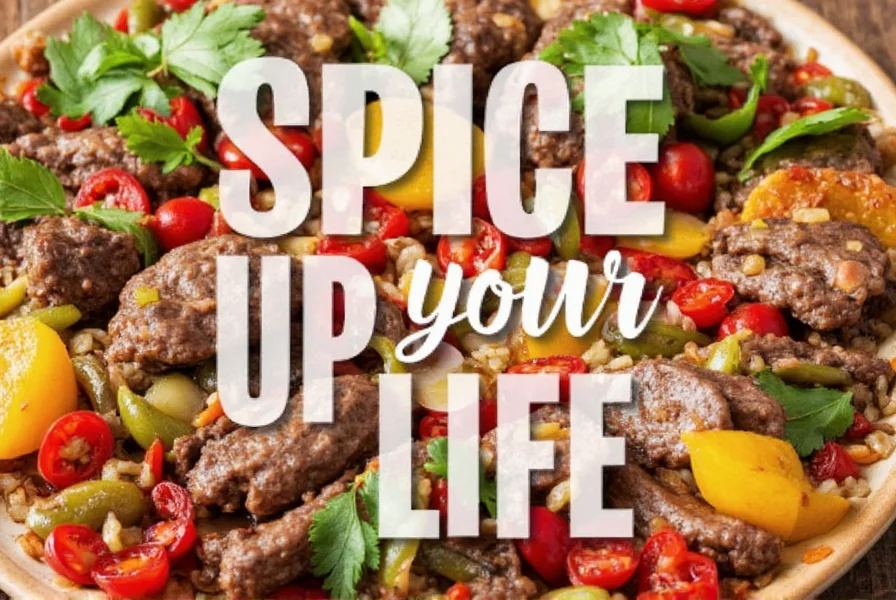
Brazilian Culinary Habits and Flavour Preferences
When it comes to eating habits, Brazilians love their food—especially when it’s served in large portions and enjoyed with family and friends. The concept of “comida de boteco” (bar food) is a favorite, featuring snacks like pastel (fried dough pockets), coxinhas (chicken croquettes), and farofa (toasted cassava flour).
Brazilian cuisine also emphasizes balance. While some dishes are spicy, others are creamy, sweet, or tangy. This blend of flavors creates a dynamic and satisfying dining experience. For example, feijoada, one of Brazil’s national dishes, is a hearty black bean stew often served with rice, collard greens, and farofa, making it a perfect mix of textures and tastes.
Another notable aspect of Brazilian cooking is the use of local ingredients. From the tropical fruits of the Amazon to the seafood of the coast, Brazil’s diverse regions contribute to a wide array of flavors. Whether it’s the smoky taste of churrasco or the creamy richness of brigadeiro (a chocolate dessert), Brazilian cuisine is all about boldness and authenticity.
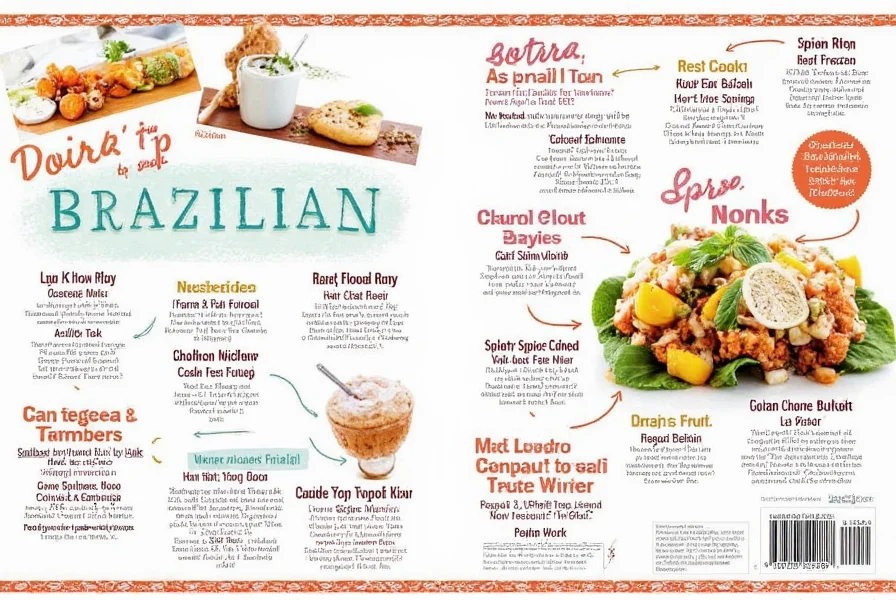
Practical Tips for Exploring Brazilian Flavours
Ready to bring a bit of Brazil into your kitchen? Here are some fun and practical tips to help you explore Brazilian flavors like a pro:
- Start with the basics: Stock your pantry with cumin, garlic, onion, and cayenne pepper. These are the building blocks of many Brazilian dishes.
- Try a new recipe each week: From moqueca to acarajé (a street food made from black-eyed peas), experimenting with different recipes will help you discover what you like.
- Use fresh herbs and spices: Freshly ground cumin or a pinch of coriander can make a huge difference in the final taste of your dish.
- Don’t be afraid of heat: If you’re new to spicy food, start with milder versions of Brazilian hot sauces and gradually increase the heat level.
- Pair your dishes with Brazilian drinks: Try serving your meals with caipirinha (a cocktail made with cachaça, lime, and sugar) or guaraná (a soda with a unique flavor profile).
One of the most exciting parts of exploring Brazilian flavors is the opportunity to try something completely new. Whether you're cooking for yourself, a date, or a dinner party, adding a touch of Brazil to your meal can be both fun and delicious.
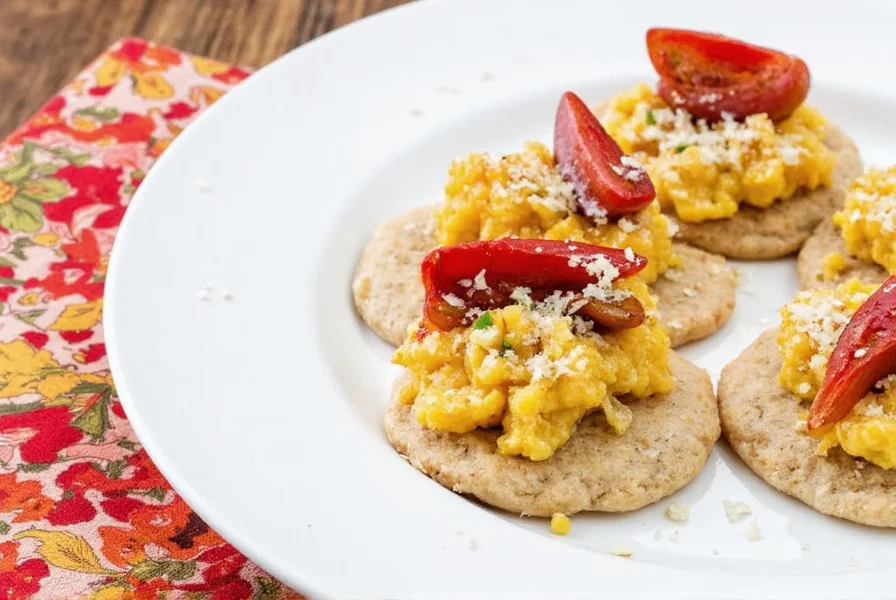
Buying Guide for Brazilian Spices
If you want to truly experience Brazilian flavors, it’s important to have the right ingredients on hand. Here’s a quick buying guide to help you choose the best products:
| Product | Features | Advantages | Use Cases | Target Audience | Suitable Occasions |
|---|---|---|---|---|---|
| Cumin | Whole or ground | Adds depth and warmth to dishes | Grilled meats, stews, and salsas | Cooking enthusiasts, home chefs | Dinner parties, family meals |
| Cayenne Pepper | Finely ground | Provides a spicy kick | Hot sauces, chili-based dishes | Spice lovers, adventurous eaters | Weekend cooking, casual gatherings |
| Coriander | Fresh or dried | Brings a bright, citrusy note | Salads, salsas, soups | Chefs, food bloggers | Healthy meals, creative cooking |
| Cinnamon | Stick or ground | Enhances sweetness and complexity | Deserts, spiced beverages | Bakers, dessert lovers | Holiday baking, special occasions |
When shopping for Brazilian spices, look for high-quality products that are fresh and free from additives. Many specialty stores and online retailers offer authentic Brazilian spices that can elevate your cooking. Don’t forget to read reviews and check the origin of the product to ensure you’re getting the real deal.
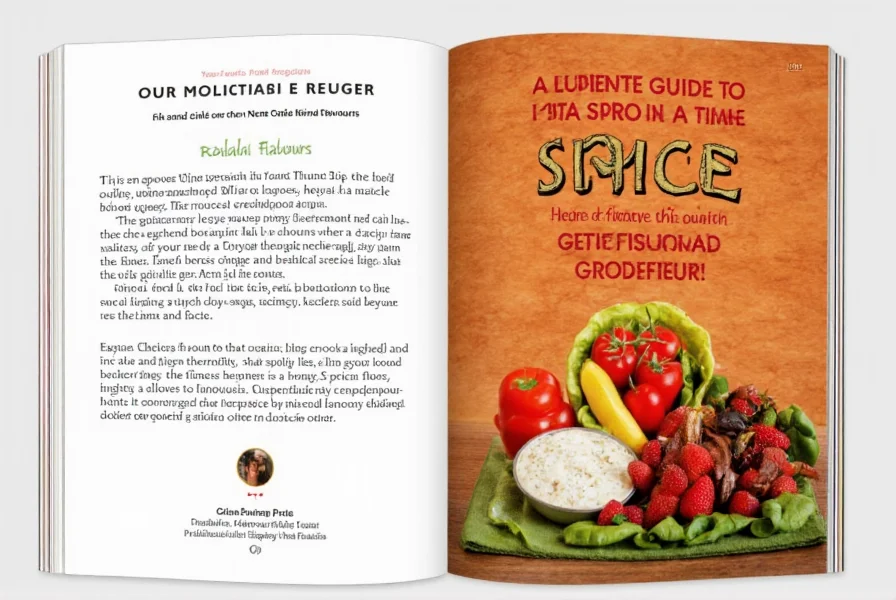
Conclusion
Exploring Brazilian flavors is like taking a trip to the heart of South America without leaving your kitchen. From the smoky heat of cayenne pepper to the warm, earthy notes of cumin, Brazilian cuisine offers a world of taste that’s both familiar and exciting. Whether you’re a seasoned spice lover or just starting out, there’s always something new to discover in the realm of Brazilian flavors.
So why not spice up your next meal with a touch of Brazil? With the right ingredients, a little creativity, and a dash of courage, you’ll be well on your way to experiencing the vibrant and unforgettable world of Brazilian cuisine. After all, as they say in Brazil: “Comer é bom!” (Eating is good!)
The essence of Brazilian flavors lies in its ability to blend tradition with innovation, creating a unique and memorable culinary experience. Whether you're cooking for yourself or sharing a meal with loved ones, Brazilian cuisine has something to offer everyone.

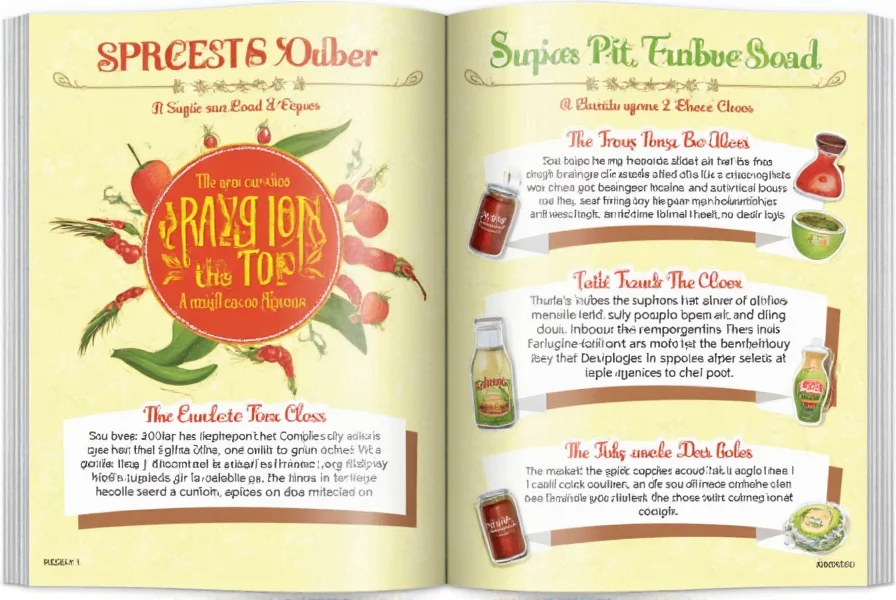









 浙公网安备
33010002000092号
浙公网安备
33010002000092号 浙B2-20120091-4
浙B2-20120091-4